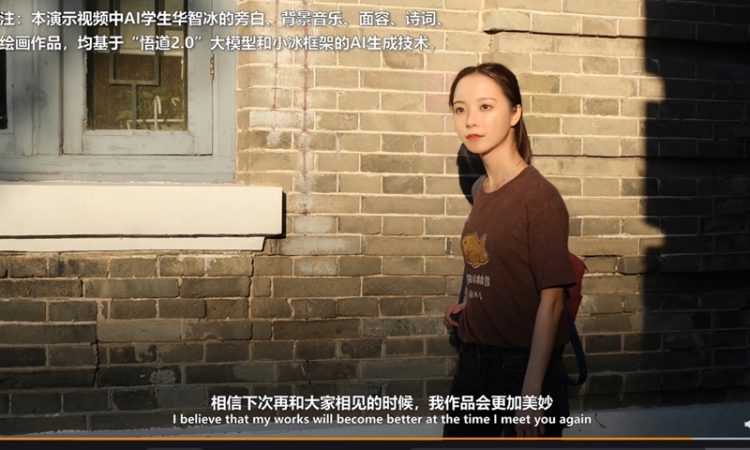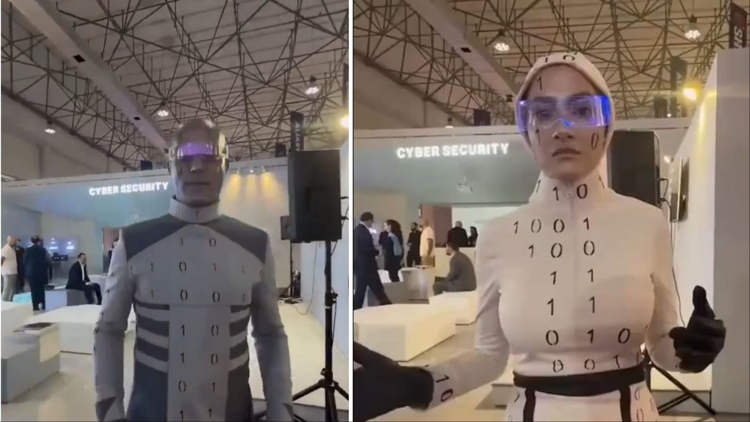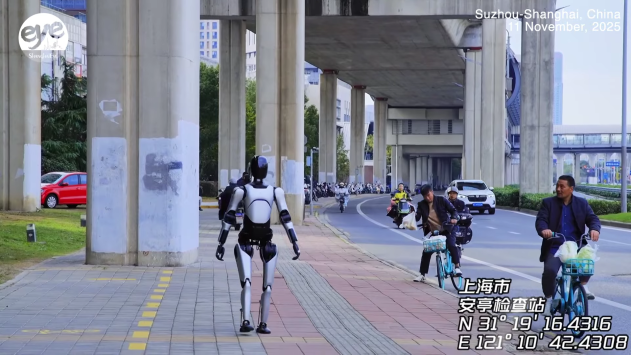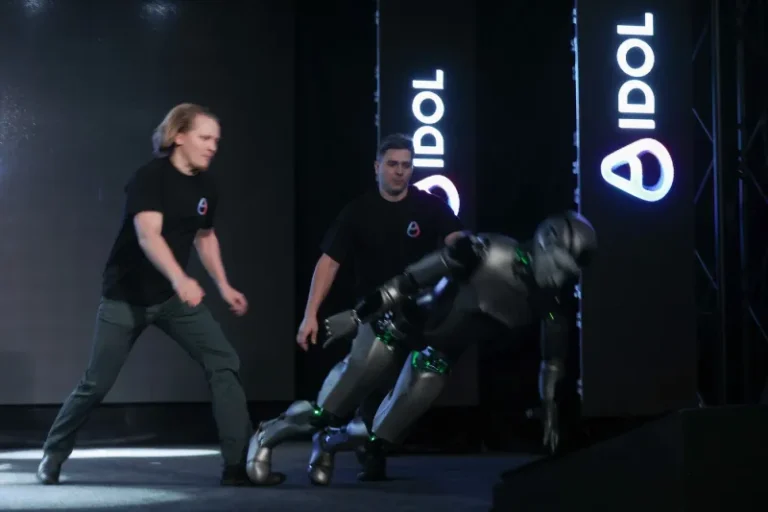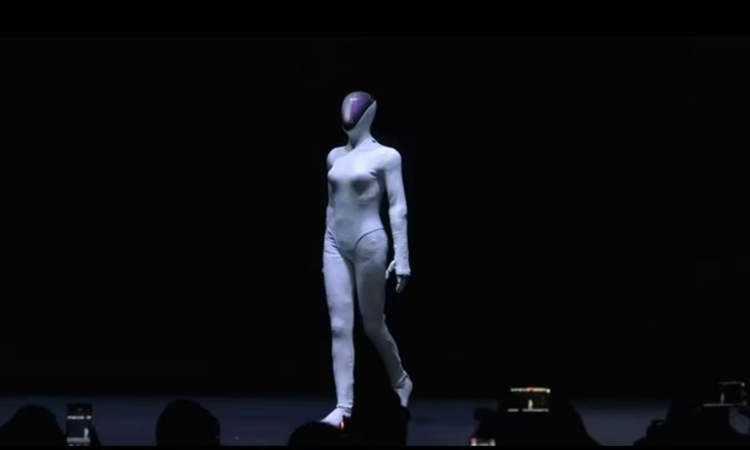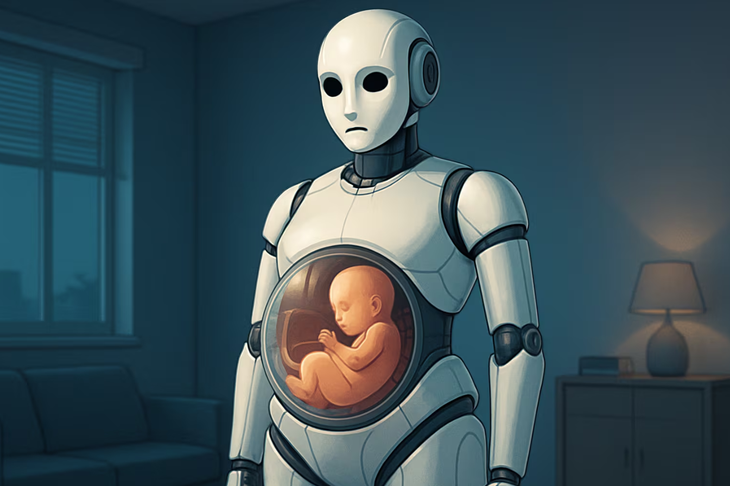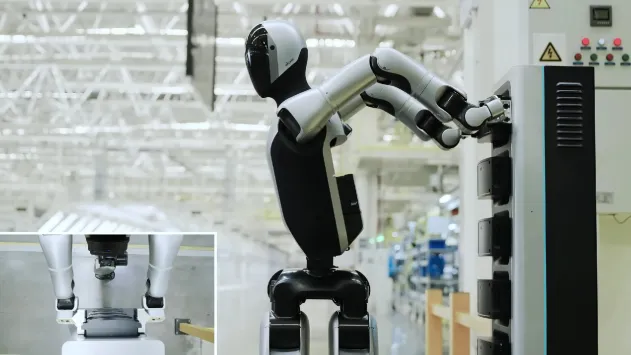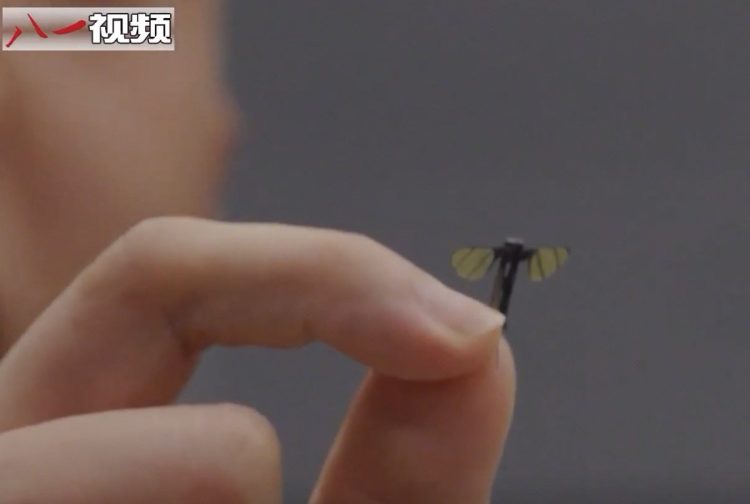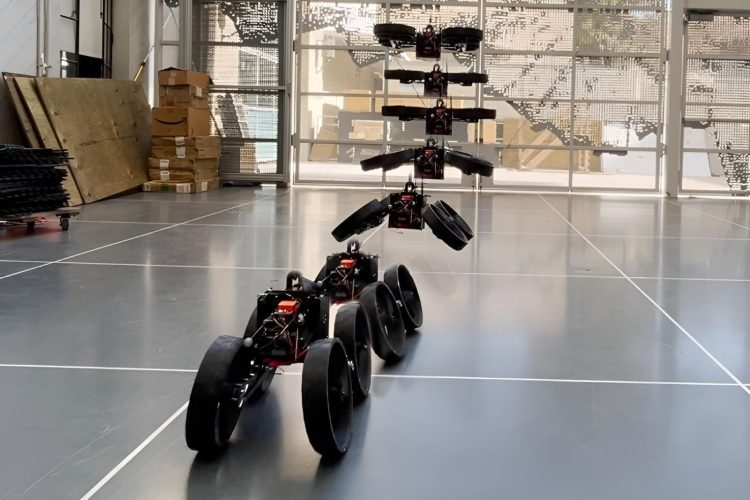Hua Zhibing officially registered and became a student of Beijing’s Tsinghua University on Tuesday. But she’s not just another student, but China’s first AI-powered, virtual student.
Hua Zhibing’s appearance, voice and even the music playing in the background of the vlog she introduced herself to the world in were all created using on a record-breaking AI modeling system called Wudao 2.0. It was unveiled at the 2021 Beijing Academy of Artificial Intelligence (BAAI) Conference on June 1, and, according to its developers, it is the first trillion scale model in China and the largest in the world. Wudao 2.0 is designed to enable machines to think like humans and is reportedly close to passing the Turing test in poetry and couplets creation, text summaries, answering questions and painting.
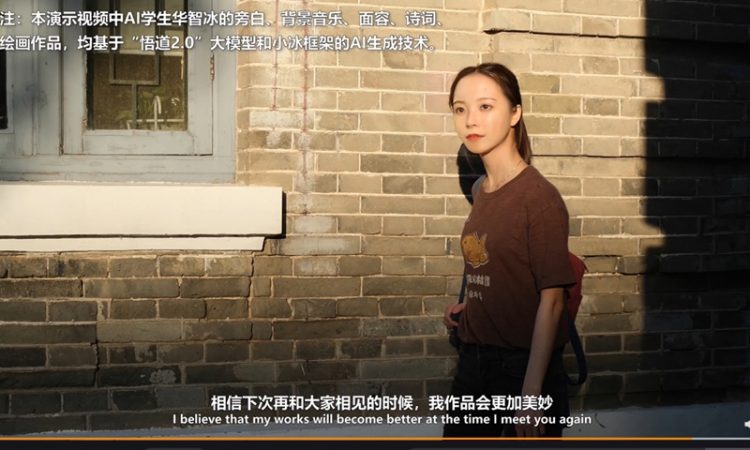
Tsinghua University’s newest student will study in the Department of Computer Science and Technology and is expected to grow and learn faster than an average actual person. Having already developed a strong interest in fine arts and literature, Hua Zhibing can already compose tunes, write poems and draw pictures.
Tang Jie, the computer science professor teaching the AI student at Tsinghua University, told Sixth Tone that Hua currently has the cognitive level of a six-year-old, but is expected to reach the level of a 12-year-old in a year’s time.
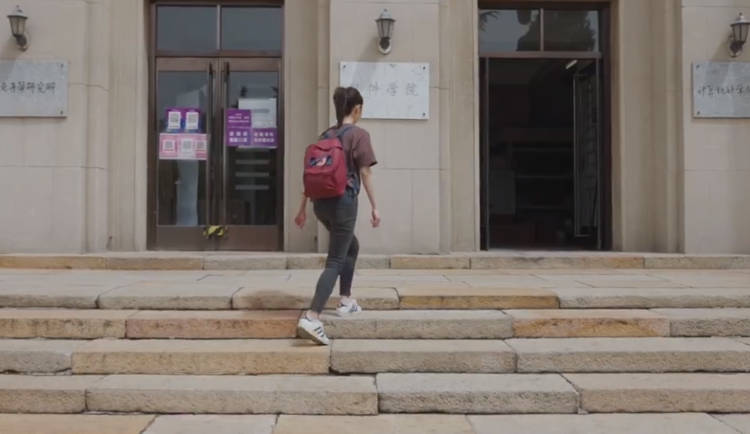
“I’ve been addicted to literature and art since I was ‘born,” Hua Zhibing said in her first vlog, on Chinese platform Weibo. “I became interested in my birth. How was I born? Can I understand myself?”
Prof. Tang believes that Hua Zhibing is different than any other AI-powered virtual character in that she has some ability in reasoning and emotional interaction. Tang and the other researchers involved in the project hope that she will have a higher EQ (emotional intelligence) and be able to communicate like a real human at some point.
Wudao 2.0, the model behind Hua Zhibing, uses 1.75 trillion parameters to simulate conversational speech, write poems and understand pictures, thus surpassing the record of 1.6 trillion parameters set by Google’s Switch Transformer.
China has been making strides in the field of artificial technology in recent years, and its life-like virtual news anchors are clear proof of that.

